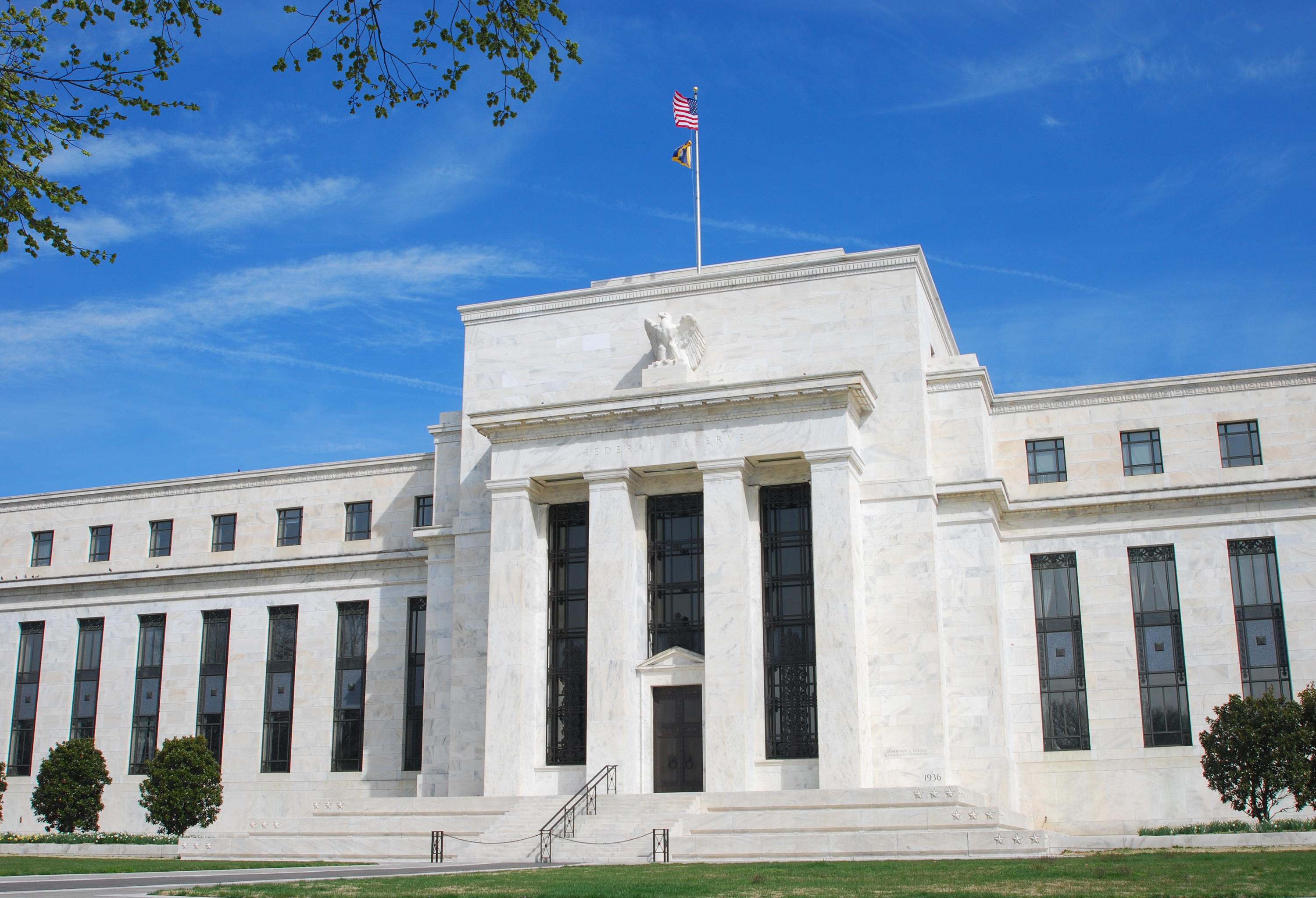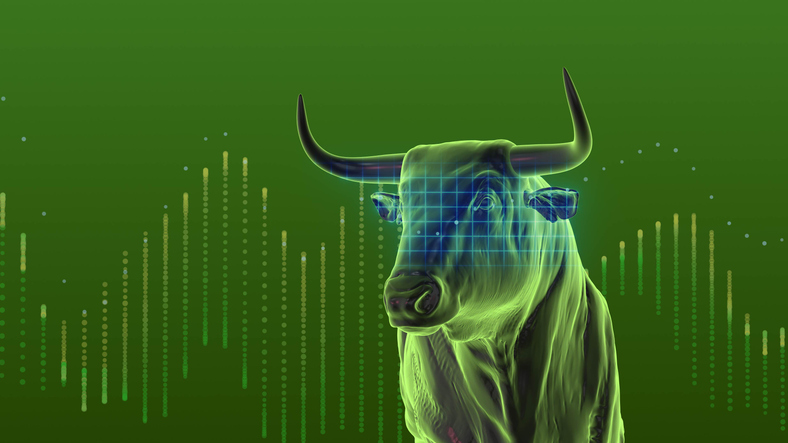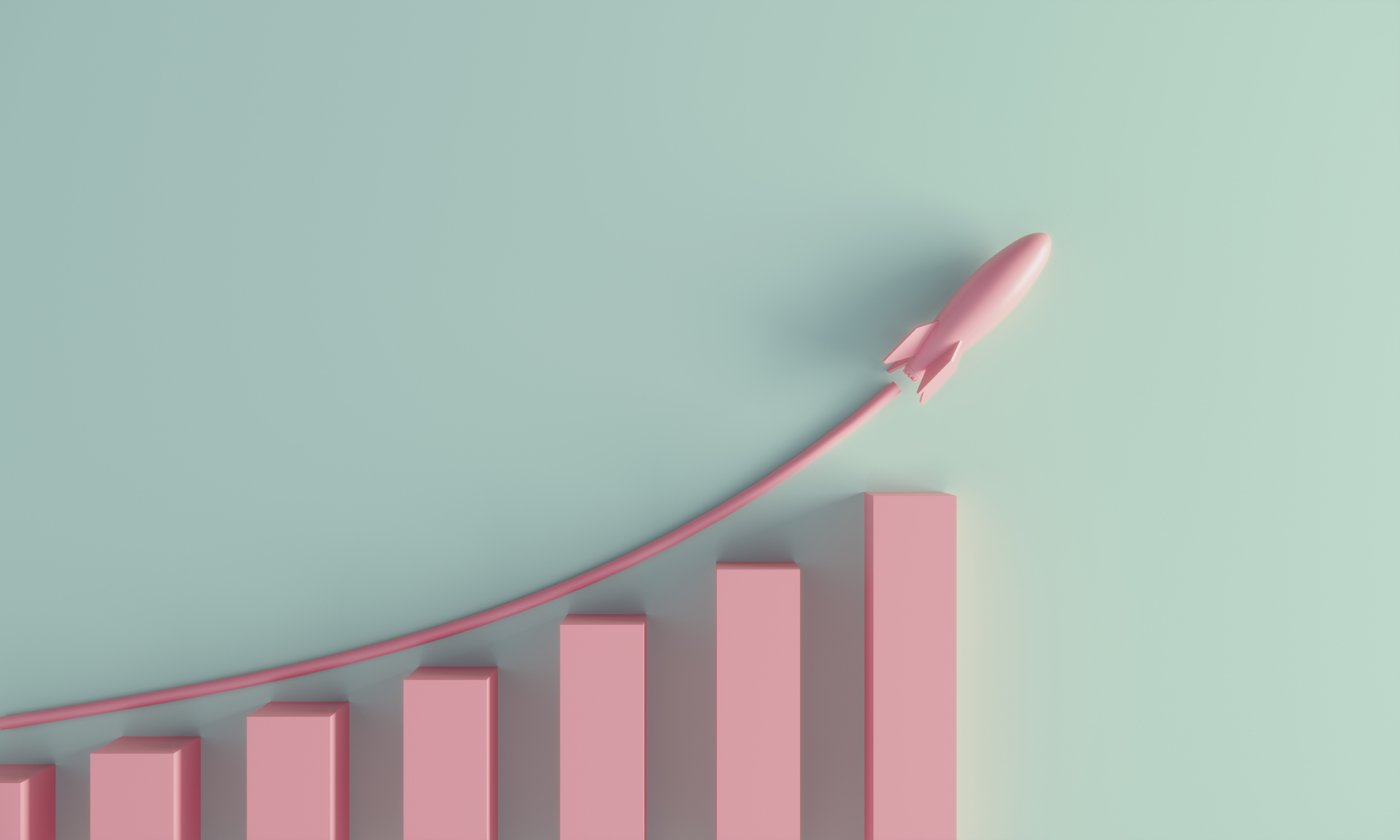What Is the Federal Funds Rate?
The federal funds rate can impact a host of borrowing costs, and thus the entire U.S. economy.


If you've been paying attention to chatter about interest rates in recent years, you've probably come across the term "federal funds rate" – or just "fed funds rate" for short. But what exactly is the federal funds rate, and why does it matter?
The factors behind this key interest rate can be confusing, but the simplest way to think about the federal funds rate is to consider it as the very first link in the chain for all borrowing across the financial sector.
As such, an increase in the fed funds rate means an increase in a host of other interest rates.
From just $107.88 $24.99 for Kiplinger Personal Finance
Become a smarter, better informed investor. Subscribe from just $107.88 $24.99, plus get up to 4 Special Issues

Sign up for Kiplinger’s Free Newsletters
Profit and prosper with the best of expert advice on investing, taxes, retirement, personal finance and more - straight to your e-mail.
Profit and prosper with the best of expert advice - straight to your e-mail.
This is what makes the federal funds rate a crucial cog in the engine of the U.S. economy, where even small changes in this interest rate can have meaningful consequences.
What is the federal funds rate?
To have a complete understanding of what the federal funds rate is, you first have to understand the basics of how the Federal Reserve works.
The Federal Reserve – or simply "the Fed" – provides central control over the nation's monetary supply and currency.
It is one of about 150 central banks on the planet, each designed to guard against financial crises or nudge local economies in the right direction.
Generally, banks make money by taking deposits from customers and lending that cash out again to third parties. A little of this behavior is fine since it's rare for every customer to demand their entire deposit back at the same time.
However, it can happen as we saw in early 2023 with the collapse of Silicon Valley Bank.
To ensure banks have a cushion, the Fed requires a minimum percentage of total deposits to be kept under its oversight. These are the "reserves" that make up the foundation of the Federal Reserve System.
This figure can be just a few million dollars for your favorite local bank, and much higher for major lenders like Bank of America (BAC) that have billions in deposits. Whatever the bank's specific threshold is, they must meet it at the end of every day.
Banks with more cash than required can lend to other banks that come up short, though, and the interest rate on these short-term interbank loans is the federal funds rate.
Why the federal funds rate matters
If you think overnight loans between two megabanks are merely a behind-the-scenes detail, think again. Indirectly, this rate impacts everything from mortgages to auto loans to credit cards. Here's why:
Let's say that Bank A has to borrow from a competitor's excess funds to meet its deposit obligations at the Federal Reserve.
If the federal funds rate is fixed at 0.5%, a historically low rate, why wouldn't it lend aggressively and pay the modest interest expenses to Bank B when it comes up short on deposits?
But if the federal funds rate is a costly 5.0%, Bank A is far less inclined to borrow from peers. It is also incentivized to keep excess reserves and lend them out to other banks for a tidy profit.
And in this higher interest rate environment, banks are much more likely to demand that consumers and businesses pay a higher rate on all loans.
After all, if an interbank loan is going for 5%, then why would you decide to charge anyone else less than that amount?
How is the federal funds rate set?
The Federal Open Market Committee, or FOMC, sets the fed funds rate. There are eight regularly scheduled FOMC meetings throughout the year, and its members include top officials from the U.S. Federal Reserve System.
The Fed looks to change policy based on its formal mandate from Congress that is for the central bank to achieve "maximum employment, stable prices, and moderate long-term interest rates."
There are no hard and fast rules on what that means, and it is very difficult to balance all those things perfectly. However, we can generally expect rates to drop if unemployment gets too high, and you can expect rates to rise if prices get too high.
In recent decades, the Fed has come to understand the power of the federal funds rate to change investor, business and consumer behavior.
As such, the central bank attempts to offer transparency in its process, as well as regular updates and projections of where the federal funds rate could wind up if current trends persist.
The Fed does reserve the right to hold unscheduled FOMC meetings to change rates in an emergency. This happened during the 2008 financial crisis, but also as recently as March 2020 due to the unexpected shocks caused by the COVID-19 pandemic.
What is the current federal funds rate?
In July 2023, the FOMC raised interest rates by 25 basis points (0.25%), bringing the federal funds rate to a target range of 5.25% to 5.5%. This was its highest level since early 2001.
However, in September 2024, the Fed began to cut rates, lowering the federal funds rate by a jumbo-sized 50 basis points (0.50%). Two more quarter-point rate cuts followed, with the fed funds rate now in a range of 4.25% to 4.5%.
Meanwhile, stubborn inflation and a strong economy prompted the central bank to pause rate cuts in January 2025.
The central bank held the federal funds rate steady until the September Fed meeting, when it cut its benchmark by 25 basis points to 4.00% to 4.25%. It followed up in October with another quarter-point cut, as it responded to the impact of President Donald Trump's tariffs on the economy.
Expectations are high the FOMC will cut the fed funds rate by another 25 basis points to a range of 3.50% to 3.75% at the December Fed meeting.
Related content
Profit and prosper with the best of Kiplinger's advice on investing, taxes, retirement, personal finance and much more. Delivered daily. Enter your email in the box and click Sign Me Up.

Jeff Reeves writes about equity markets and exchange-traded funds for Kiplinger. A veteran journalist with extensive capital markets experience, Jeff has written about Wall Street and investing since 2008. His work has appeared in numerous respected finance outlets, including CNBC, the Fox Business Network, the Wall Street Journal digital network, USA Today and CNN Money.
-
 Santa Claus Rally at Risk as Tech Stocks Slump: Stock Market Today
Santa Claus Rally at Risk as Tech Stocks Slump: Stock Market TodayThe Nasdaq Composite and Dow Jones Industrial Average led today's declines as investors took profits on high-flying tech stocks.
-
 7 Ways to Save Money on Almost Everything
7 Ways to Save Money on Almost EverythingHigh prices got you down? These strategies can help you reap deep discounts on everyday spending.
-
 My Top 10 Stock Picks for 2026
My Top 10 Stock Picks for 2026Each year, we ask an expert to pick 10 stocks that have the potential to beat the market over the next 12 months. Here are his choices for 2026.
-
 Santa Claus Rally at Risk as Tech Stocks Slump: Stock Market Today
Santa Claus Rally at Risk as Tech Stocks Slump: Stock Market TodayThe Nasdaq Composite and Dow Jones Industrial Average led today's declines as investors took profits on high-flying tech stocks.
-
 7 Ways to Save Money on Almost Everything
7 Ways to Save Money on Almost EverythingHigh prices got you down? These strategies can help you reap deep discounts on everyday spending.
-
 My Top 10 Stock Picks for 2026
My Top 10 Stock Picks for 2026Each year, we ask an expert to pick 10 stocks that have the potential to beat the market over the next 12 months. Here are his choices for 2026.
-
 Special Report: The Future of American Politics
Special Report: The Future of American PoliticsThe Kiplinger Letter The Political Trends and Challenges that Will Define the Next Decade
-
 We're Still Bullish on Stocks
We're Still Bullish on StocksWe're still bullish on stocks for 2026, but now is the time for investors to pull in their horns and dial down risk.
-
 These Were the Hottest S&P 500 Stocks of the Year
These Were the Hottest S&P 500 Stocks of the YearAI winners lead the list of the S&P 500's top 25 stocks of 2025, but some of the names might surprise you.
-
 Stocks That Could Take Off in the New Year
Stocks That Could Take Off in the New YearThere are three areas of potential in the 2026 stock market.
-
 Now That You've Built Your Estate Planning Playbook, It's Time to Put It to Work
Now That You've Built Your Estate Planning Playbook, It's Time to Put It to WorkYou need to share details with your family (including passwords and document locations) and stay focused on keeping your plan up to date.